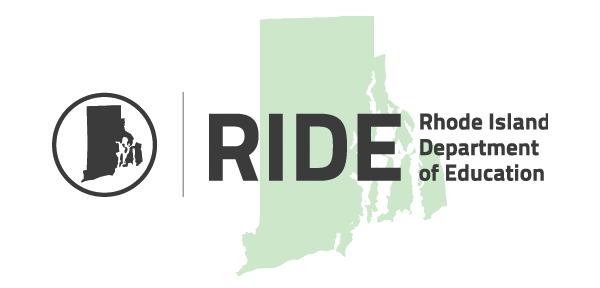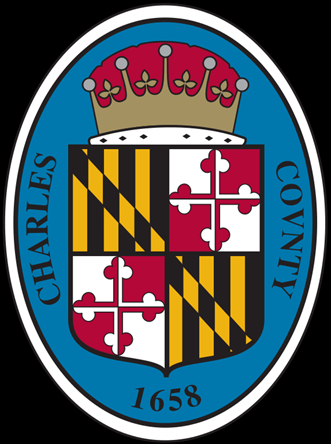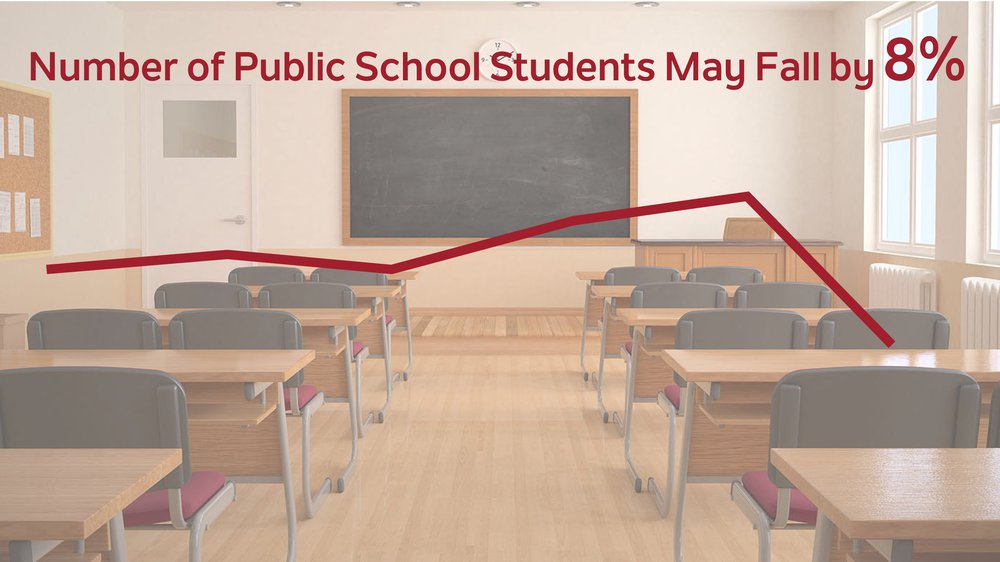The number of public school students could fall by more than 8% in a decade – By Jill Barshay, The Hechinger Report
What does the declining birthrate mean for elementary, middle and high schools across the country? According to one set of projections, it could mean 8.5 percent fewer public school students a decade from now.
“If it does come true, we’re going to see massive changes,” said Mike Griffith, a school finance specialist at the Education Commission of the States, a think tank that aims to inform education policy. “Nobody is talking about this.”
Griffith says that a decline this large will likely lead to school closures around the country along with some unexpected consequences, such as more full-day kindergarten and publicly funded pre-kindergarten. Rural areas, already hard hit by depopulation, will likely feel the effects most severely. Teachers may face a tighter labor market.
I calculated a gradual decline in enrollment from projections made by the Western Interstate Commission for Higher Education (WICHE), a nonprofit agency among 15 states. The organization predicts the number of high school graduates to help colleges plan for the number of students in the future. But in order to predict high school graduates, WICHE’s statisticians also projected student enrollments for first grade through 2020 to 12th grade through 2030.
These grade-by-grade projections start to show a drop in first-grade children beginning in 2014, six years after the 2008 recession, when Americans started making fewer babies. (Economic uncertainty apparently has this side effect.) Fertility rates have continued to decline since, despite the economic recovery, and WICHE predicts the number of first graders will fall by more than 330,000 to 3.6 million in 2019. That’s a 8.5 percent decline from a peak of 3.9 million first graders in 2013. This 8.5 percent enrollment drop cascades through the whole elementary-to-high-school system as these first graders age and progress into higher grades.

Kids need more than academics at school to succeed. Doing it right is the trick – By Valerie Strauss, The Washington Post
The education world has long been filled with debate about how to improve troubled schools and help kids succeed academically and otherwise.
Better teachers? Better school resources? Better school buildings (ones that aren’t, for example, crumbling or homes to rodents)? Desegregated schools and neighborhoods? Feeding hungry kids? Providing medical care for kids and their families? Stabilizing communities where kids live and providing parents with adult education, jobs and other supports they need to keep their families functioning?
The obvious answer is all of them and more, though there is no surefire formula that can work everywhere. The New York Times, for example, recently published an article about how New York City Mayor Bill de Blasio may end a program that has cost $773 million to help poor kids in schools that some officials knew were not likely to improve, and it mentions a number of other efforts to do the same thing that were not successful.
Joan Wasser Gish is director of strategic initiatives at the Boston College Lynch School of Education’s Center for Optimized Student Support and is an author of a paper titled “Improving Student Achievement by Meeting Children’s Comprehensive Needs” and the report “Tipping the Scales: How Integrating School and Community Resources Can Improve Student Outcomes and the Commonwealth’s Future.” She also serves on the Massachusetts Board of Early Education and Care.

Federal lawsuit says R.I. fails to prepare students to be informed citizens – By Linda Borg, The Providence Journal
A federal lawsuit filed on behalf of 14 students claims that Rhode Island’s public schools do not prepare students for active life in a democracy.
The suit, filed late Wednesday in U.S. District Court by a New York law professor and the Rhode Island Center for Justice, claims that the U.S. Constitution guarantees that all students should have access to an education that prepares them to participate in their civic duties — whether that involves the right to free speech, the right to vote, or sitting on a jury.
“This case has tremendous significance for students in Rhode Island and for students in the United States,” said Professor Michael Rebell, executive director of the Center for Education Equity at Teachers College, Columbia University. “This is a class-action suit that involves tens of thousands of students in Rhode Island.”
The suit, believed to be the first of its kind in the United States, names as defendants Gov. Gina Raimondo, the state Department of Education, the leaders of the General Assembly and others. The suit contends that these officials have failed to provide students the education they need to be fully functioning members of a civil society.

To Make Schools Safer, Maryland District Adopts Mandatory Student ID Program – By Sophia Barnes, NBC Washington
Students at La Plata High School in Maryland will now be required to wear photo ID in a program meant to bolster school safety by monitoring who goes in and out.
The badges, each with a barcode, will help school officials identify who is supposed to be in the building and who is not.
La Plata began issuing badges on Monday, and starting Tuesday, all 1,150 students will be required to wear their IDs. The cards feature barcodes that can be scanned to buy lunch, check out library books, sign into school late or sign out for early dismissal.
In the future, the IDs could be used to identify students in an emergency
"This is just another layer that we can add to our security," school safety director Jason Stoddard said. "There’s no one solution that's going to fix school security across the spectrum. However, the more layers that you can build in the better off we believe it will be."
La Plata, Ryon Elementary School and Hanson Middle School are participating in the pilot program, which is expected to be implemented throughout the 27,000-student district next year.
Temporary IDs will be issued to anyone who forgets or loses their card. It’s up to the principals to decide if students would face any repercussions, the school website says.












